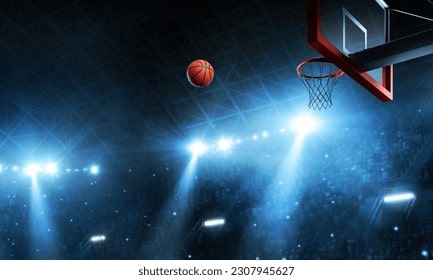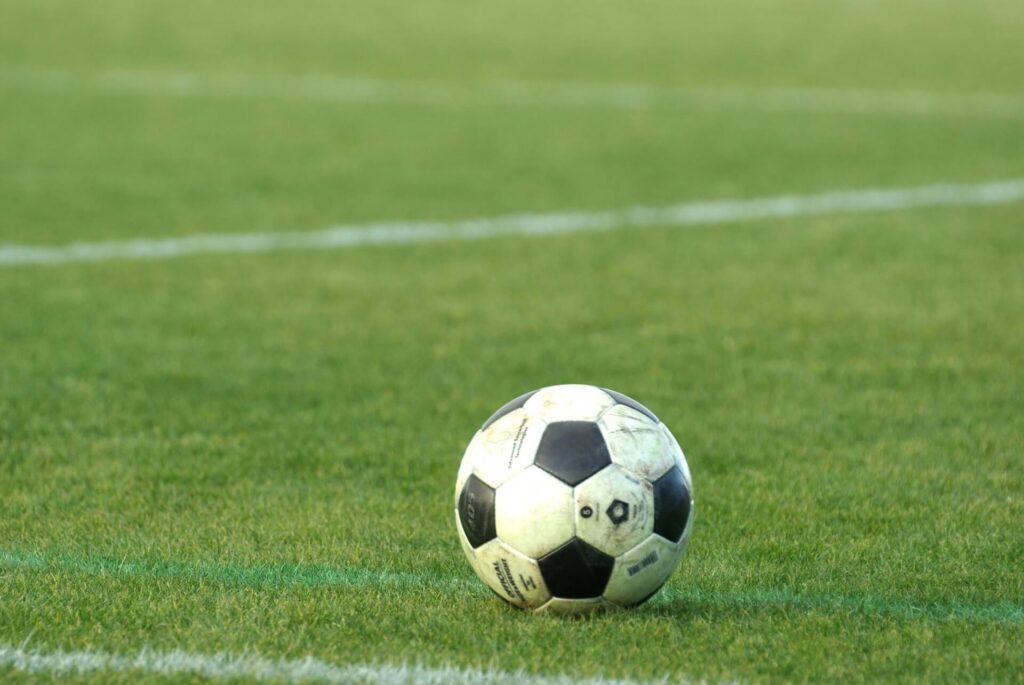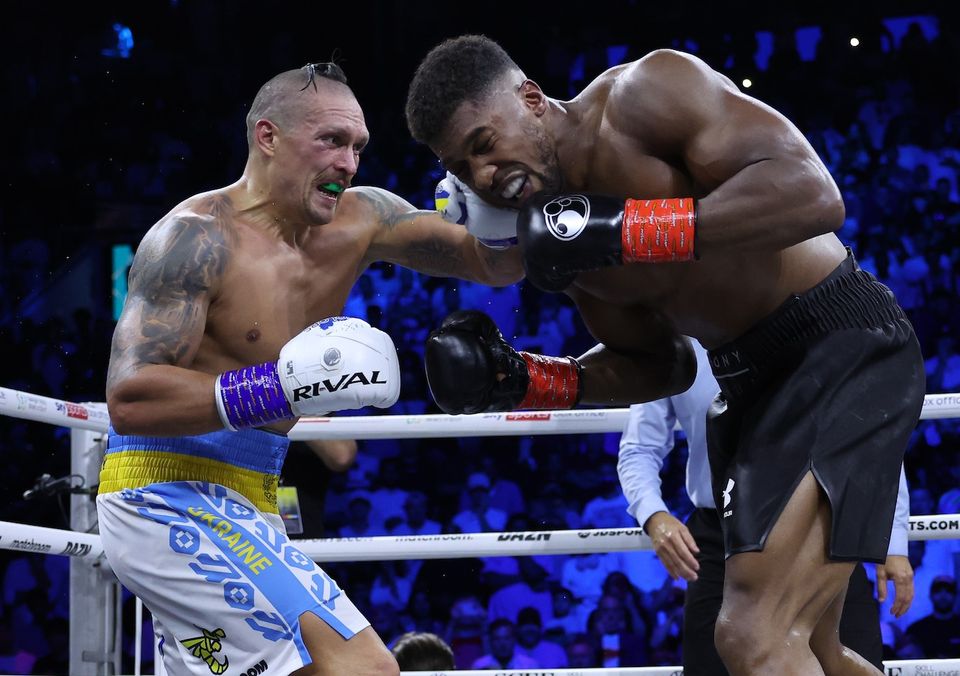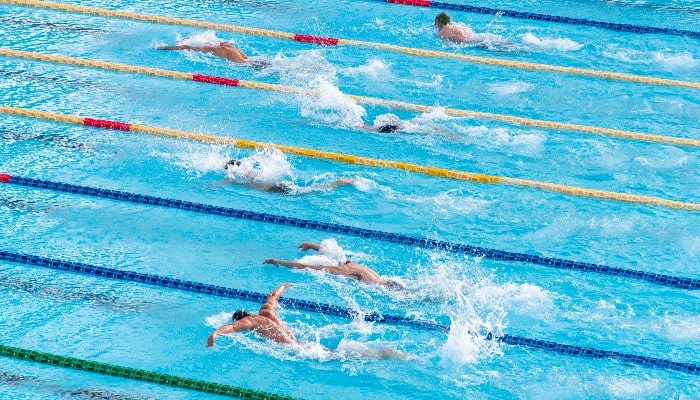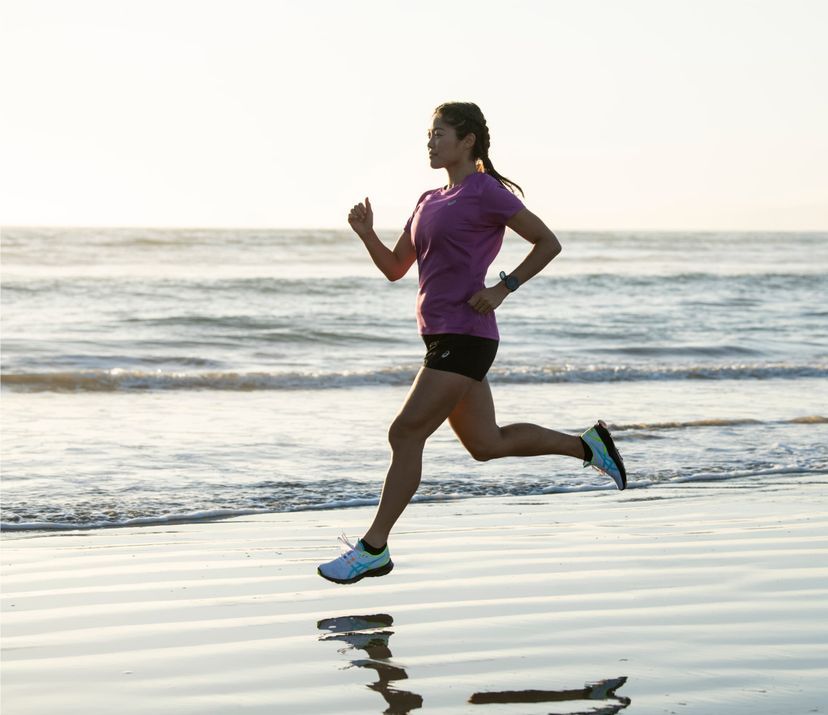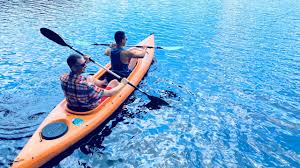
目次
- 1 Canoe/kayak glossary
- 1.1 shallow water
- 1.2 undercut
- 1.3 wash out
- 1.4 right bank
- 1.5 eskimo roll
- 1.6 eddie
- 1.7 eddie hop
- 1.8 FRP boat
- 1.9 ender
- 1.10 entrapment
- 1.11 depression
- 1.12 return wave
- 1.13 rocks underwater
- 1.14 Movable weir
- 1.15 canadian canoe
- 1.16 canoe
- 1.17 kayak
- 1.18 Tidal area (brackish water)
- 1.19 Gunwale
- 1.20 keel
- 1.21 fishway
- 1.22 crash and burn
- 1.23 grab loop
- 1.24 Creek
- 1.25 cruising river
- 1.26 grade
- 1.27 cockpit
- 1.28 left bank
- 1.29 C-1
- 1.30 J stroke
- 1.31 shuttle
- 1.32 shaft
- 1.33 single paddle
- 1.34 sweep stroke
- 1.35 Scaring
- 1.36 skip
- 1.37 stern
- 1.38 stern ladder
- 1.39 stopper
- 1.40 Stream in (out)
- 1.41 Stretcher (footrest)
- 1.42 stroke
- 1.43 spray cover
- 1.44 slalom canoe
- 1.45 Sleuth
- 1.46 slow rope
- 1.47 rapids
- 1.48 weir
- 1.49 still water
- 1.50 safety rope
- 1.51 double paddle
- 1.52 dam
- 1.53 Tan
- 1.54 chicken root
- 1.55 Shen
- 1.56 Submerged bridge (submersible bridge)
- 1.57 Reconnaissance (preliminary inspection)
- 1.58 defense
- 1.59 T-bone
- 1.60 Take-out
- 1.61 deck
- 1.62 tetrapod
- 1.63 telemark turn
- 1.64 draw stroke
- 1.65 drop
- 1.66 Toruba
- 1.67 Nakasu
- 1.68 bow
- 1.69 bow ladder
- 1.70 back water
- 1.71 paddle
- 1.72 big water
- 1.73 hero route
- 1.74 pillow
- 1.75 fart boat
- 1.76 ferry glide
- 1.77 forward stroke
- 1.78 abyss
- 1.79 put in
- 1.80 buoyant body
- 1.81 brace
- 1.82 blade
- 1.83 hair
- 1.84 Water cannon
- 1.85 boulder
- 1.86 boulder garden
- 1.87 portage
- 1.88 bottom
- 1.89 boat scout
- 1.90 polyethylene kayak
- 1.91 white water
- 1.92 Mainstream (stream core)
- 1.93 Yana
- 1.94 lining down
- 1.95 Life jacket
- 1.96 ladder
- 1.97 rapid
- 1.98 raft
- 1.99 reverse stroke
- 1.100 racing canoe
- 1.101 wild water canoe
- 2 At the end
Canoe/kayak glossary

Ride a boat and paddle along a river or lake…
Harmonize with nature and tickle your sense of adventure…
The appeal of canoeing and kayaking is wide-ranging.
It takes a lot of strength to paddle a canoe or kayak.
The act of rowing on water has a pleasant and relaxing effect on the body.
You can also enjoy a relaxing feeling.
Here, we briefly summarize terms used in canoes and kayaks, which are popular around the world.
If you want to try canoeing or kayaking,
Please take a look at the canoe/kayak glossary on this page.
shallow water
It refers to a place where the water is shallow and can sometimes become an obstacle in activities such as touring.
undercut
This refers to a state in which a rock or rock wall beneath the water surface is broken.
wash out
This phenomenon occurs when obstacles in the rapids sink into the water during high water levels, making the rapids more calm.
right bank
It refers to the right bank located downstream of the river.
eskimo roll
A technique for righting a boat after it sinks that, when mastered, can help save time and avoid danger.
eddie
It refers to a place where the flow is relatively calm and is formed downstream of an obstacle in the flow.
Obstacles block the flow, causing the reverse flow to swirl gently. You can put your boat in there and take a break.
eddie hop
Refers to the act of rowing down the river, rowing from eddy to eddy.
FRP boat
FRP stands for Fiber Reinforced Plastic, and boats made from this material are light, have sharp maneuverability, and come in a variety of colors.
However, you need to be careful as it is not very strong against impact.
Nowadays, fiberglass is mainly used as reinforcement, and these boats are also called “glass boats.”
However, the environmental impact of disposal is attracting attention.
ender
This is the act of plunging the tip of the boat into a hole or wave to make it stand vertically.
entrapment
This refers to a situation in which a person is caught in an obstacle in flowing water and becomes unable to move.
depression
This refers to a place where the flow suddenly drops due to a difference in the river bed.
return wave
Waves created by the water current winding backwards after a drop → Stopper
rocks underwater
Rocks hidden underwater. Be careful of rocks hidden on the surface of the water in fast-moving currents, as boats can easily get caught.
Once you get used to it, you can tell where rocks are in the water based on the shape of the waves.
Movable weir
A weir with movable parts that can be opened and closed or raised and lowered.
canadian canoe
A single-paddle boat without a deck.
It is popular as a touring boat because it can carry a large amount of cargo.
There are also whitewater lures that can be rolled. → canoe
canoe
In Japan, various types of boats are collectively called canoes, but the term “CANOE” usually refers to a boat rowed with a single paddle.
On the other hand, please note that double-paddle boats are called kayaks in some countries.
kayak
A boat rowed using double paddles.
There are various types depending on where you row and how you use them, and those used in the ocean are called sea kayaks.
Tidal area (brackish water)
An area where seawater flows backwards from the river mouth during high tide.
When the tide changes from low tide to high tide, rivers may flow backwards in places where there is a large tidal difference.
A typical example may be found in rivers in China.
Gunwale
the edge of the boat.
keel
A sturdy structure that runs vertically down the center of the ship’s bottom.
fishway
A waterway built into a dam or weir for fish to pass through.
crash and burn
The disturbance of a boat in rapids.
grab loop
A ring made of loop or tape attached to the bow and stern of a boat.
Convenient to grab when transporting or rescuing.
Creek
small river.
cruising river
A river that can be floated all year round.
grade
This is an index that indicates the difficulty of the river as a whole or individual rapids, ranging from grade 1 to grade 6, with the higher the number, the higher the difficulty.
This is an internationally accepted standard.
cockpit
Space for people to sit on the boat.
left bank
The bank located on the left side of the river as it flows downstream.
C-1
Single person version of canoe.
The two-seater version is called C-2.
→ K-1, slalom canoe
J stroke
One of the techniques when rowing with a single paddle is to push the paddle that comes from the front out to the outside in a J-shape.
This allows you to move in a straight line even if you only row on one side.
shuttle
Before going down the river, make arrangements for a return vehicle in advance.
shaft
The part of the paddle.
single paddle
A paddle with a blade on only one side. → double paddle
sweep stroke
A technique in which the paddle is laid parallel to the water and rowed in a large anti-circular motion.
Scaring
A method of rowing in which the paddle is held vertically and moved in a figure-eight motion.
This causes the ship to move parallel to the side. Convenient when docking.
skip
Navigating a river while avoiding dangerous rapids, waterfalls, and dams.
stern
behind the ship. Tomo → Bau
stern ladder
A technique of inserting the paddle at the back and pushing the water outward.
Used for changing direction.
stopper
A large rebound wave that occurs after a drop.
It literally stops ships and people, and sometimes engulfs them.
Stream in (out)
A technique for rowing a boat into the main stream from a surface other than the main stream.
Conversely, the technique of launching a boat from the mainstream is called stream out.
Stretcher (footrest)
A support installed inside the ship to stretch your legs.
stroke
The action of paddling water with a paddle.
spray cover
A cover that prevents water from entering the cockpit.
Something like a skirt worn around the waist.
In an open deck canoe, this refers to something that covers the entire deck.
slalom canoe
Canoe for competition. Generally called C-1.
It looks similar to a slalom kayak, but the paddler sits on his knees, knees bent, and hips up, using a single paddle.
Sleuth
A rapid that has turned into a narrow channel without an eddy.
slow rope
A rope used to throw a drowning person or pull a boat during a rescue.
rapids
A place where the current is fast and choppy.
weir
A man-made dam built to stop or regulate the flow of water.
still water
A water surface without currents or waves.
safety rope
Important equipment for ensuring river safety. It is important to practice on a daily basis.
double paddle
A paddle with blades on both sides. → Single paddle
dam
Usually refers to a weir with an embankment height of 15 meters or more.
Tan
A long, smooth V-shaped stream of water.
The deepest and fastest part of rapids (usually the main stream).
chicken root
When going down a rapid, if there are multiple courses to choose from, this is the easiest and safest course.
→ Hero route
Shen
Pronounced “chin”. capsizing a ship.
Submerged bridge (submersible bridge)
A low bridge that sinks under water when the river rises.
During moderately high water levels, the water can get under the bridge, forcing paddlers to do a limpo dance or sink.
Even if it sinks into the water, it is dangerous if your boat gets caught. Be careful!
Reconnaissance (preliminary inspection)
If you see or hear something suspicious in the river ahead, stop the boat and check what it is.
Or observe the river from the road along the river before starting your trip down the river. The best way to prevent accidents.
defense
An artificial structure with both banks raised high with earth and concrete to prevent river flooding.
T-bone
Collision with an obstacle such as a rock at a 90 degree angle.
Take-out
The place where you get off the ship and get into your car.
deck
The part that covers the top of a ship.
tetrapod
A type of concrete block.
They are placed to protect banks and riverbeds from river erosion.
Water can pass through it, but ships and people cannot pass through it, so there is a risk of getting caught, which is very dangerous. Let’s stay away!
telemark turn
A technique that involves inserting a paddle in the direction you want to rotate and using that as a fulcrum to make a sharp turn.
For high telemark, insert the paddle vertically, and for low telemark, hold the paddle at an angle to the water surface.
draw stroke
A method of rowing in which a paddle is inserted into the side of the boat and the water is pulled in. The ship moves parallel to the side.
drop
Steps on the river bed. Something smaller than a waterfall.
Toruba
A place in a river where the current is relatively slow compared to rapids or fast currents.
Nakasu
A piece of land isolated in the middle of a river.
Sandbanks are submerged when the water rises, but those that are not submerged and covered with plants are called sandbanks.
bow
In front of the fune. bow.
→ Stern
bow ladder
A technique where you insert a paddle in front of you, bring water onto the fan and rotate it.
back water
In a river, a still water surface formed upstream of a dam or weir.
paddle
A paddle used for rowing a canoe or kayak. A blade is attached to the end of the shaft, which propels the ship forward by pushing water from front to back. It’s different from oars.
big water
A river with an extremely large amount of water flowing through it.
hero route
If there are multiple courses to choose from, this is the most difficult and dangerous course. → Chicken Root
pillow
A cushion formed by splashing water on the upstream face of a rock or bowler.
fart boat
A canoe or kayak that can be folded.
Usually, a bag-like cloth (hull cloth) houses an assembled framework (frame).
“Falt boat” is a German word, and in English it is called “folding kayak/canoe.”
ferry glide
A technique for crossing using the power of the current.
forward stroke
How to row to move the fune forward. The most basic way of rowing.
abyss
Deep water where the current is slow and swirling.
put in
Starting point for canoeing.
buoyant body
An air bladder is installed in advance to prevent water from entering the hull during sinking. Also called flotation bag or air bag.
brace
Supporting the water with the blade of the paddle.
A high brace supports water on the front of the blade, and a low brace supports water on the back.
blade
The part attached to the end of the paddle that splashes water.
hair
Whitewater is dangerous and technically difficult.
Water cannon
A place where water taken for power generation is released.
The amount of water increases from here.
boulder
big rock.
boulder garden
A stream strewn with large rocks.
portage
To raise a boat out of the water and cross an impassable place such as a dam.
bottom
The bottom of a kayak or canoe.
boat scout
Scouting for obstacles in the rapids while rowing from eddy to eddy.
polyethylene kayak
Polyethylene is a synthetic resin that is buoyant and resistant to impact.
Kayaks made from this material are heavier and less maneuverable than FRP boats, but they are extremely durable and can be used safely even in rocky rapids.
white water
Literally, white foamy waves and water surface.
It also refers to rapids where these waters continue. The calm stream is called blue water.
Mainstream (stream core)
The fastest part of a river’s flow.
Yana
A weir-like structure built across a river to catch fish.
You need to be very careful as there is a possibility that the fune will ride on top of you or get sucked in.
lining down
The act of getting off a boat and walking while being pulled by a rope in places such as shallow water where it is impossible to proceed while on a boat.
Life jacket
A life preserver worn when forced to swim in a river or ocean to ensure buoyancy and prevent drowning.
Also called P.F.D (Personal Floatation Device).
ladder
It is attached to the rear of the kayak and used as a rudder, and is primarily used in sea kayaking to counter wind and currents.
rapid
A rapid flowing stream.
raft
rubber boat.
reverse stroke
How to row a boat backwards.
Row from back to front using the back of the paddle.
racing canoe
Canoe for competition. Paddle with a single paddle on the open deck.
wild water canoe
A canoe with a deck and paddled using a single paddle.
It looks similar to a wild water kayak, but you sit with your knees bent and your hips raised.
At the end
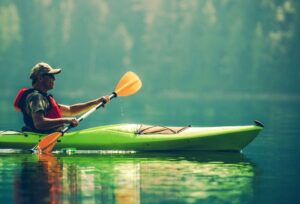
How did you like the canoe/kayak glossary?
I think there are a lot of terms that I’m not used to hearing.
No need to master terminology
The point is, how much can you enjoy it? is
By riding a canoe or kayak two or three times,
You will become more and more obsessed with its charm.
It’s also helpful for your mental health, so please give it a try.
